The Great Miami (GM) and Little Miami (LM) watersheds in Ohio are included in the 51 major river systems in the United States for long-term assessment of conditions of water quality under the USGS National Water-Quality Assessment (NAWQA) Program. Nitrogen (N) and phosphorus (P) loadings have decreased over the years in the GM and LM basins, however, they still remain among the highest concentrations detected in the nation. The latest nutrient loading analysis from Ohio Environmental Protection Agency (OEPA) showed slightly above period of record averages for N and P. Significant amounts of mobilized agricultural N and P from fertilizers in watersheds are transported to the Ohio River and other coastal marine systems such as the Gulf of Mexico, leading to increased growth of harmful algal blooms. In the GM and LM watersheds, changes in flood frequency and intensity are projected to occur in the future as heavy precipitation events are likely to increase as a result of climate change. As climate plays a role for nutrient transformation and transport, studies have shown that N and P inputs to surface waters from agriculture and other sources are projected to continue to increase over the next several decades. This paper reviewed the means of how the GM and LM watersheds are ecologically affected by the N and P nutrient pollution and how climate change impacts the quantity of N and P loadings that go into the river systems. Without better understanding of the nutrient loading processes and their association with various agricultural practices and interactions with climate, there could be additional threats to water quality in both the GM and LM watersheds in decades to come. This literature review has made references to many pertinent new publications that have become available in recent years, as well as to the classic literature.
1.
Introduction
Understanding human displacement is very important since it influences the population's dynamic. In light of the recent COVID-19 epidemic outbreak, human travel is critical to understand how a virus spreads at the scale of a city, a country, and the scale of the earth, see [1,2]. Human mobility is also essential to understand and quantify the changes in social behavior.
The spatial motion of populations is sometimes modeled using Brownian motion and diffusion equations at the population scale. For instance, reaction-diffusion equations are widely used to model the spatial invasion of populations both in ecology and epidemiology. We refer for instance to Cantrell and Cosner [3], Cantrell, Cosner and Ruan [4], Murray [5], Perthame [6], Roques [7] and the references therein. In particular, the spatial propagation for the solutions of reaction-diffusion equations has been observed and studied in the 30s by Fisher [8], and Kolmogorov, Petrovski, and Piskunov [9]. Diffusion is a good representation of the process of invasion or colonization for humans and animals. Nevertheless, once the population is established, the return to home process (i.e., diffusion combined with a return to home) seems to be more adapted to the daily life of humans.
This article aims at describing short-distance human mobility. We aim at considering the local human movement at the scale of the city with a special focus on how to model the returning home of humans. The return to home behavior is also very important in ecology, agriculture and fisheries. In agriculture, a return to home model for bees has been proposed and studied in [10,11].
Roughly speaking, we can classify the human movement into 1) short-distance movement: working, shopping, and other activities; 2) long-distance movement: intercity travels, plane, train, cars, etc. These considerations have been developed recently in [12,13,14,15]. A global description of the human movement has been proposed (by extending the idea of the Brownian motion) by considering the Lévy flight process. The long-distance movement can be covered by using patch models (see Cosner et al. [16] for more results about this).
In Section 2, we present the return to home model. Section 3 explores some properties of the return to home model. Section 4 presents a semi-explicit formula for the solutions of the return to home model. Section 5 studies the equilibrium distributions. Section 6 develops a functional framework to understand the mild solutions for the return to home model. Section 7 is devoted to an extension of the Fisher KPP model with return to home and colonization. By analogy to the Fisher KPP problem, we obtain a monotone semiflow. The last section is devoted to an epidemic model with return to home.
2.
Return to home model
In this section we describe a model for the movement of individuals within a city. To simplify the presentation, we consider a population moving in the whole plane R2. Our goal is to focus on the most important processes involved in the model. The presentation would be more complicated for a model in a bounded set taking into account boundary conditions.
Let y→u(t,y) be the distribution of population of individual staying at home at time t. This means that the quantity
represents the number of individuals staying at home in the sub-region ω⊂R2 at time t.
Let x→vy(t,x)=v(t,x,y) be the distribution of a population of individuals out of the house (called travelers) and originated from their home located at y∈R2. Here originated from y∈R2 means that their home is located (or possibly centered at y according to the spatial scale) at the position y. Then the quantity
is the number of individuals (originated from the home located at y∈R2) and traveling in the sub-region ω⊂R2 at time t.
Model for individuals staying at home: The following equation describes the flux between individuals staying at home at the location y∈R2 and individuals out of the house
where 1/α>0 is the average time spent by individuals out of the home, and 1/β>0 is the average time spent by individuals at home.
Model for travelers (people who are not staying at home): The following equation describes the flux between individuals staying at home at the location y and the travelers
where △x denotes the Laplace operator for the the variable x=(x1,x2)∈R2, that is
In Eq (2.2), ε>0 is the diffusivity of the travelers. The map x→ρ(x−y) is a Gaussian distribution representing the location of a house centered at the position y∈R2. Here by a Gaussian distribution centered at 0 we mean that the function ρ is given by
for some σ2>0, so that the covariance matrix is given by the diagonal matrix σ2I2. Note also that for all y∈R2, the translated map ρ(⋅−y) satisfies
Initial condition: Systems (2.1) and (2.2) is complemented with some initial distributions
Remark 2.1. Here in the model we have neglected a possible convection term describing for instance the transport of individuals from their home to their workplace, shopping mall etc. Such a convection term describes the tendency of individuals to start moving from their home location y:
where cy(x) is the travel speed at location x. This speed may depend on the location of the house y to distinguish the individual's origin in the city.
Remark 2.2. If we formally replace u(t,y) by αγ∫R2v(t,x,y)dx in the v-equation (see (2.2)) of the model, we obtain the following single non local equation
Indeed, replacing u(t,y) by αγ∫R2v(t,x,y)dx corresponds to slow-fast system idea. Under suitable assumptions on the parameters (i.e. α=ˆα/ε and γ=ˆγ/ε with ε>0 small enough), we can formally assume that u(t,y)=αγ∫R2v(t,x,y)dx.
3.
Remarkable distributions
3.1. Total distribution of population in space
The total distribution of population originated from a house located at y∈R2 is
By integrating the distribution with respect to y (homes locations), we obtain the total distribution of population in space (including both individuals staying at home or travelers)
3.2. The total distribution of individuals at home
The map y→h(t,y)=u(t,y)+∫R2v(t,x,y)dx is the density of individuals per home at time t. That is to say that
is the total number of individuals (staying at home or traveling) with their home in the sub-region ω⊂R2 at time t. Data representing this distribution is usually available. This is true for example in USA [17] where such a distribution is known per county (a home is identified to a county).
If we neglect the newborns and the deaths, and people moving house, we can assume that h(t,y)=h0(y) is independent of time. Let y→h0(y) be the spatial distribution of individuals with their home located at the position y. This means that
denotes the number of people having their home in the region ω⊂R2.
In that case, we obtain
or equivalently
4.
Explicit formula for the solutions
By using Eqs (2.1) and (2.2), we have
Therefore the solution (2.1) and (2.2) satisfies (3.1).
By replacing the formula (3.2) in the u-equation (2.1), we obtain
and we deduce an explicit form for the solutions
In order to derive an explicit formula for v(t,x,y) we define the two-dimensional heat kernel K:(0,∞)×R2→R be
and we will use the simplifying assumption (2.3).
Lemma 4.1. Assume that ρ(x) is a Gaussian distribution (2.3). Then there exists t0>0 such that
Moreover the convolution of ρ with the kernel K(t,.) satisfies
Proof. Note that (2.3) rewrites as
We deduce that
and the result follows by the semigroup property of the diffusion semigroup.
Define
and
where
We obtain
Next, by replacing the explicit formula (4.1) for u(t,y) in the above formula, we obtain
with
and
By using the above formula for v2, we obtain
and by using Lemma 4.1 and formula (4.2), we deduce that
By using the expression for v3, we obtain
By using the change of variable ˆσ=t−σ we obtain
Therefore, combining Eqs (4.3)–(4.6), we obtain an explicit formula for v(t,x,y).
5.
Equilibrium and their stability
The equilibrium distribution must satisfy the following coupled system of equations
and
The first Eq (5.1) provides
By using in (5.2) we obtain
and since ¯u(y) is independent of x, we obtain
and
Define now
so that we get
Remark 5.1. We observe that
Therefore by using (3.1) we obtain
6.
Mild solutions for the non-homogeneous equation
6.1. A change of variable of some interest
Recall that the return to home model reads as follows
In the above formulation of the return to home model x denotes the position of travelers and their home located at y. So we use an Eulerian system of coordinate for x that is independent of the home location y. Instead, we can consider the spatial location
which can be regarded as a Lagrangian system of coordinate for z centered at the home location y. By using the change of variables
we obtain the following system of equations
In order to understand our choice of Banach spaces, one may observe that the term in (6.1), which is a typical term,
becomes in (6.2)
when rewritten with the variable z=x−y. In this system of coordinate, the two variables z and y are mostly uncoupled. This explain our choice of the Banach Y2 below.
6.2. Some Banach spaces
We consider BUC(R2) the space of bounded and uniformly continuous maps from R2 to R, which is a Banach space endowed with the supremum norm
The space Y1: We define
The space Y1 becomes a Banach space when it is endowed with the norm
The space Y2: We also define Y2 to be the space of maps (x,y)→v(x,y) such that the function w(x,y)=v(x+y,y) satisfies
That is also equivalent to say that Y2 is the space of maps (x,y)→w(x−y,y) such that
Therefore Y2 is a Banach space endowed with the norm
Note that the maps in Y2 enjoy the following property.
Lemma 6.1. Let v∈Y2 be given. Then the map
is bounded and uniformly continuous on R2.
Proof. By construction, the map
is bounded and uniformly continuous. But by using a change of variable we deduce that
Hence the map
is bounded and uniformly continuous.
6.3. The semigroup of the heat equation in BUC(R2,Z)
Let (Z,‖.‖Z) be a Banach space. Let us consider the semigroup generated by the heat equation on Y=BUC(R2,Z) given by
Here recall that the function K is the two-dimensional heat kernel. Now we will prove the following lemma. We refer to [18] for more results on vector valued elliptic operators and related evolution problems.
Lemma 6.2. The semigroup {T(t)} is strongly continuous in Y=BUC(R2,Z).
Proof. First observe that
To prove the strong continuity of T(t) we fix φ∈Y. We have
Let ε>0 be given. By using the fact that x→φ(x) is uniformly continuous, we deduce that there exists η>0 such that
and we have
Hence
and since
the result follows.
6.4. The semigroup of the heat equation in L1(R2,Z)
We consider the heat semigroup on Y=L1(R2,Z) given by
We have the following lemma.
Lemma 6.3. The semigroup {T(t)} is strongly continuous in Y=L1(R2,Z).
Proof. First observe that
To prove the strong continuity of T(t) we fix φ∈Y. Next fix ϵ>0 and note that there exists ϕ∈Cc(R2;Z) (compactly supported) such that
Next one has for all t>0
and
and the result follows by using similar argument than in the proof of Lemma 6.2.
Now assume that v∈Y2. Then v can be written as
for some
We obtain that
therefore
So by using the same arguments as in the proof of Lemma 6.3 combine with the above observations, we deduce the following lemma.
Lemma 6.4. The semigroup {T(t)} is strongly continuous in Y2.
6.5. Existence of a linear semigroup
Let us consider a non-autonomous perturbation of the return to home model
with the initial distribution
We define the state space
which becomes a Banach space when it is endowed with the standard product norm ‖⋅‖X given by
Then the following lemma holds.
Lemma 6.5. The family of linear operators defined for t≥0 by
defines a strongly continuous semigroup of bounded linear operators on (X,‖.‖X).
6.6. Bounded linear perturbation
We define the linear operators B1,B2:BUC(R2)×Y1∩Y2→BUC(R2)×Y1∩Y2 by
Note that ϕ∈BUC(R2) due to Lemma 6.1. Next the following lemma holds true.
Lemma 6.6. The linear operators B1 and B2 are bounded on (X,‖⋅‖X).
Proof. Let u∈BUC(R2) and v∈Y1∩Y2. As noticed above, from Lemma 6.1 and since v∈Y2, we know that the map y→α∫R2v(x,y)dx is bounded and uniformly continuous. Moreover, we have
while
and
The result follows.
Let us consider the return to home model
with the initial distribution
Let A:D(A)⊂X→X be the infinitesimal generator of the strongly continuous semigroup {TA(t)}t≥0. By considering W=(uv) and setting B=B1+B2, the problem (6.6) can be rewritten as the following abstract Cauchy problem
Applying usual bounded perturbation results for strongly continuous semigroup (see for instance [20] and the reference therein), we obtain the following result.
Theorem 6.7. The linear operator A+B:D(A)⊂X→X is the infinitesimal generator of a strongly continuous semigroup {TA+B(t)}t≥0 of bounded linear operator on X. Moreover t→W(t)=TA+B(t)W0 is the unique continuous map satisfying
Furthermore, for each t≥0, the positive cone X+=BUC+(R2)×Y1+∩Y2+ (where the plus sign stands for the space of non-negative functions) is positive invariant by TA+B(t).
7.
Model with colonization and return to home
In this section we incorporate a colonization phenomenon in the return to home model. This new feature turns out to be important especially when dealing with animal dispersal behavior. The following model takes into account a colonization effect that corresponds to the fact that when it is time to return home for the travelers, a fraction p (with 0≤p≤1) returns back home like before, and a fraction 1−p colonizes the location they have reached at the end of their traveling period. This return to home model with colonization reads as the following system of equations
where p∈[0,1].
Remark 7.1. Recall that 1/γ is the average time spent at home while 1/α stands for the average time spent to travel. If we assume that p=0 (that is no individuals return to home after traveling), the process described above corresponds to rest during a period 1/γ after a period of travel 1/α. So the case where p=0 is also realistic and this extends the standard diffusion process. The corresponding system could be called for short the "diffuse and rest model".
In the model the term α(1−p)∫R2v(t,y,y′)dy′ counts the fraction of individuals who colonize the location y at the end of their travel. It is summed over all their previous home locations y′∈R2. Hence 1−p is the fraction of the travelers that will change their home location by the end of their travel period.
Lemma 7.2. Let v∈Y1 be given. Then the map
is bounded and uniformly continuous on R2, and one has
In other words the linear map v→∫R2v(⋅,y)dy is bounded from Y1 into BUC(R2).
Proof. Recall that the space Y1 is the set of maps x→v(x,.) which belongs to BUC(R2,L1(R2)). The linear form
is bounded linear on L1(R2). Therefore the map x→G(u(x,.)) must be bounded and uniformly continuous on R2.
We define the linear bounded operator C:X→X by
By considering W=(uv) the problem (7.1) can be rewritten as the following abstract Cauchy problem in X
Theorem 7.3. Let p∈[0,1] be given. Then the linear operator A+pB1+B2+(1−p)C:D(A)⊂X→X is the infinitesimal generator of a strongly continuous semigroup {TA+pB1+B2+(1−p)C(t)}t≥0 of bounded linear operator on X. Moreover t→W(t)=TA+pB1+B2+(1−p)C(t)W0 is the unique continuous map satisfying
Furthermore, for each t≥0, the positive cone X+=BUC+(R2)×(Y1+∩Y2+) (where the plus sign stands for the space of non-negative functions) is positively invariant by TA+pB1+B2+(1−p)C(t).
Colonization and return to home model: If we add a vital dynamic on the individual staying at home in the model with colonization and return home, we have
where p∈[0,1].
To deal with the above system we consider the nonlinear map F:X→X given by
Together with the notation of the previous section and replacing α by α+ν into (6.5), problem (7.2) rewrites as the following abstract Cauchy problem for W=(uv)∈X:
and
Note that the function f:R→R given by f(u)=(β−μ)u−κu2 satisfies: For each M>0 there exists λ(M)∈R such that the function u→f(u)+λ(M)u is non-negative and increasing on [0,M]. Hence since F is locally Lipschitz continuous on X and the semigroup {TA+pB1+B2+(1−p)C(t)} is positive (with respect to the cone X+) we obtain the following theorem.
The following theorem is a consequence of the results proved in Magal and Ruan [19,20]. The result on monotone semiflows are consequences of Hal Smith [21,22]. We also refer to Magal, Seydi, and Wang [23] for recent extensions.
Theorem 7.4. The Cauchy problem (7.3)–(7.4) generates a maximal semiflow U:R+×X+→X+ on X+. Moreover U is monotone on X+, that is
Remark 7.5. In the Lagrangian system of coordinate the above system becomes
8.
Application to an epidemic model with return to home
Epidemic model for people staying at home: The following equation describes the flux between individuals staying at home at the location y∈R2 and individuals out of the house
Epidemic model for travelers: The following equation describes the flux between individuals staying at home at the location y and the travelers
In the above epidemic model we assume that the transmission occurs locally in space. At home (see (8.1)) the term κ1s1(t,y)i1(t,y) means that susceptible individuals located at y can only be infected by the infectious at home and located at the same position y. For travelers susceptible individuals originated from y and located at x at time t can be infected by infected travelers located at x at time t whatever the location of their home position. In other words, for the travelers the incidence rate at time t and spatial location x reads as κ2s2(t,x,y)∫R2i2(t,x,ˆy)dˆy.
Initial condition: The systems (8.1) and (8.2) is complemented with the initial distributions
and
As above, to handle this problem we consider the Banach space X:=X×X endowed with the product norm. We define the linear operator A:D(A)⊂X→X by
and
We also define the bounded linear operator L:X×X→X×X by
so that A+L:D(A):X→X is the infinitesimal generator of a strongly continuous semigroup on X, leaving the positive cone X+=X+×X+ positively invariant. For the contamination terms, we define the nonlinear map F:X×X→X×X by
Next setting
systems (8.1)–(8.4) becomes
together with
Since F is locally Lipschitz continuous on X, (8.5) generates a strongly continuous maximal semiflow on X. Moreover for each M>0 there exists λ(M) such that for all W∈X+ with ‖W‖X≤M one has
As a consequence, since A+L generates a strongly continuous semigroup on X which is positive (with respect to the positive cone X+), the cone X+ is positively invariant with respect to this maximal semiflow. In other words, when the initial data are positive then the maximal solution is positive as well.
To see that the semiflow is globally defined, fix an initial data W(0)=((s10,s20),(i10,i20))T∈X+ and denote by W=((s1,s1),(i1,i2))T∈X+ the maximal solution with initial data w(0) defined on [0,τ) with τ∈(0,∞]. Let us show that τ=∞ Adding the Eqs (8.1) and (8.2) integrated with respect to x∈R2 yields for any t≥0 and y∈R2:
Now from (8.2) and the positivity of the solution we obtain for t∈[0,τ), (x,y)∈R2×R2 that
This proves that the map t→‖s2(t,⋅)‖Y1+‖s2(t,⋅)‖Y2 is uniformly bounded on [0,τ). From these bounds, the equation for i2 becomes sub-linear so that t→‖i2(t,⋅)‖Y1∩Y2 has at most an exponential growth. This prevents from finite time blow-up and ensures that τ=∞ and the semiflow is globally defined on X+.
The following theorem is a consequence of the results proved in Magal and Ruan [19,20].
Theorem 8.1. The Cauchy problem (8.5)–(8.6) generates a continuous semiflow U:R+×X+→X+. More precisely, for each W0∈X+, the map t→W(t)W is the unique continuous map from [0,∞) into X satisfying
Acknowledgement
The authors are grateful to the anonymous referees for their helpful comments.
Conflict of interest
The authors declare there is no conflict of interest.











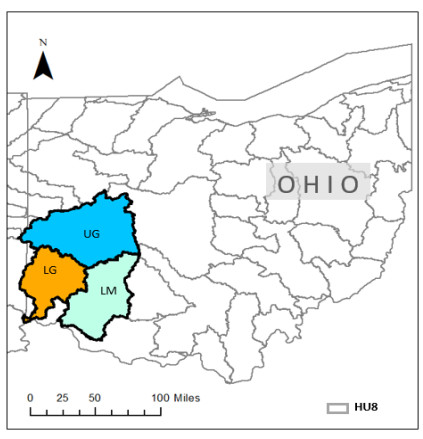

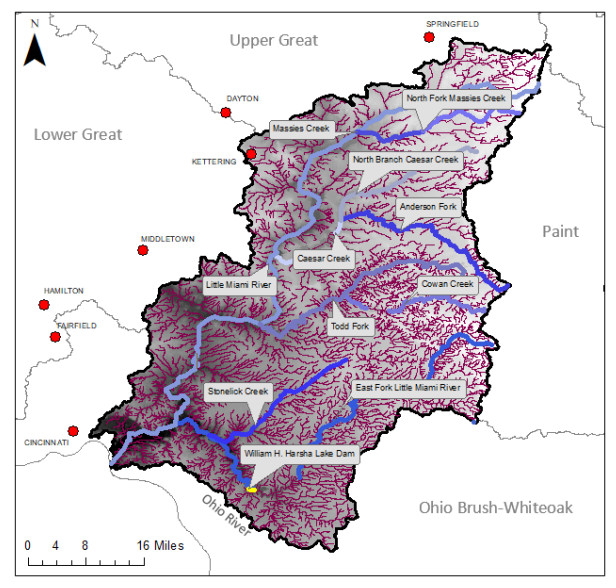
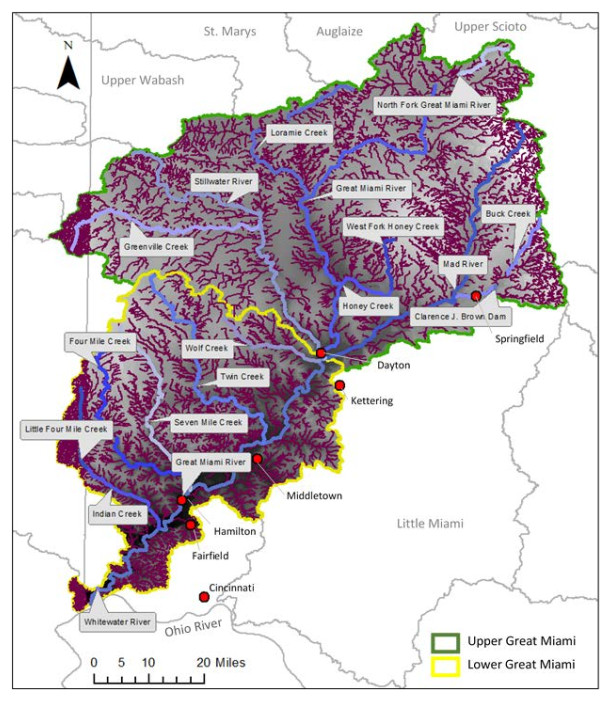
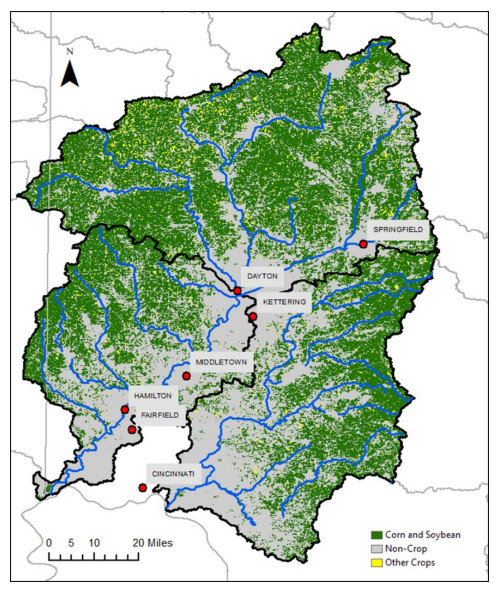
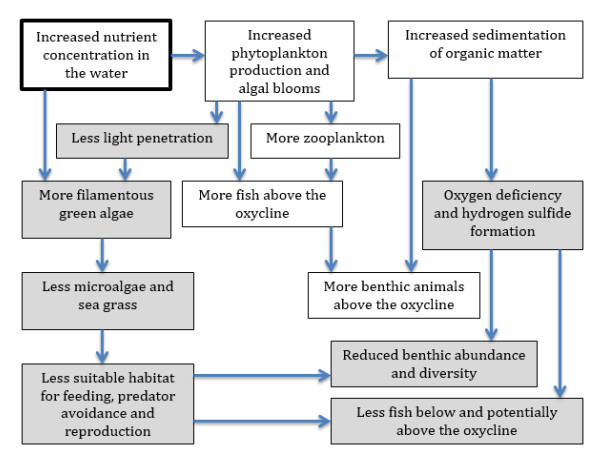
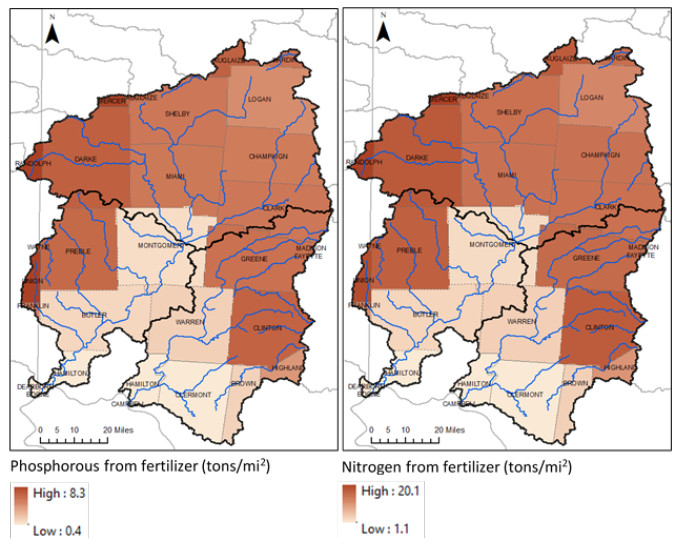
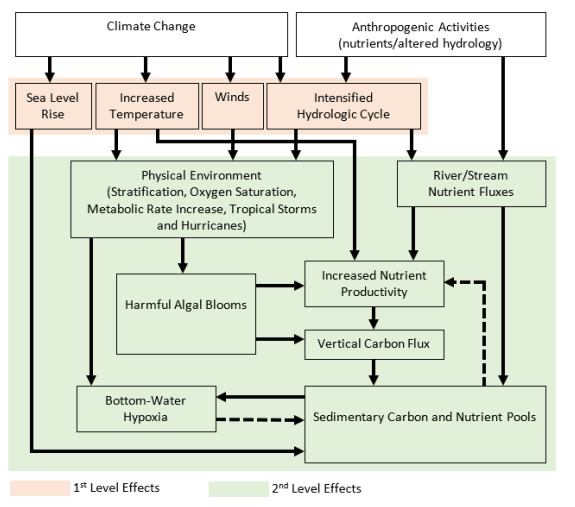
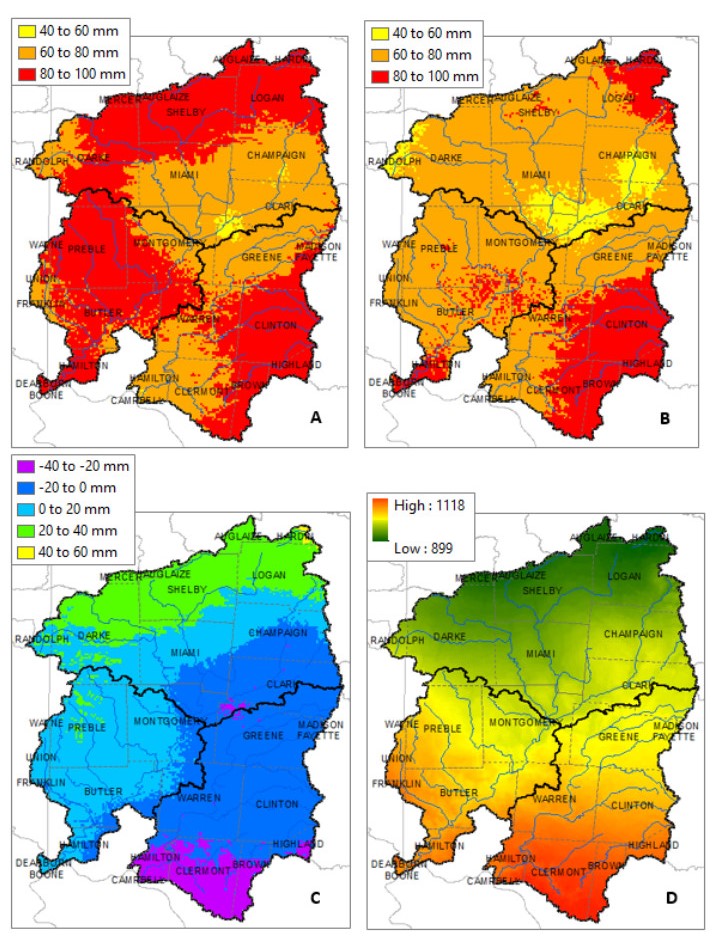
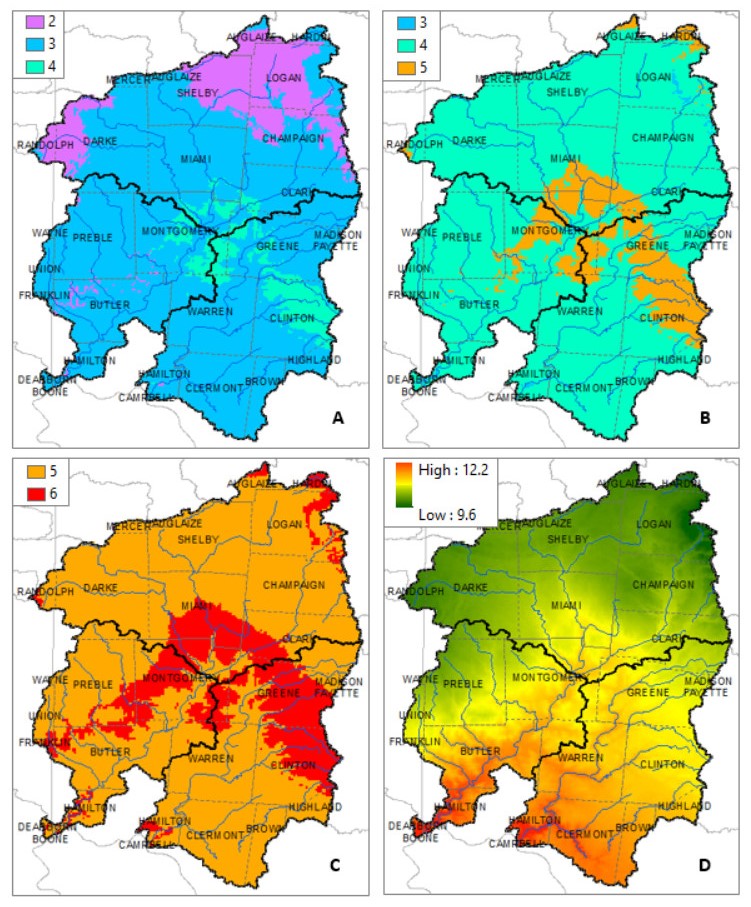


 DownLoad:
DownLoad: